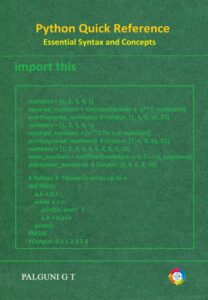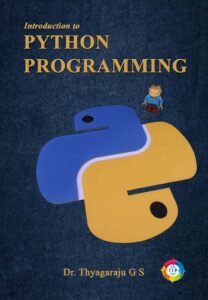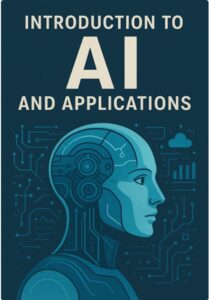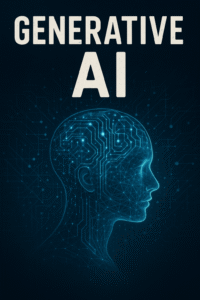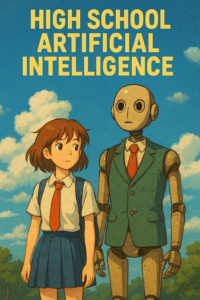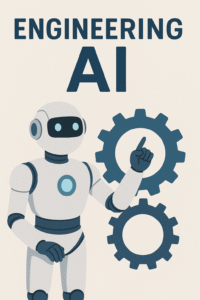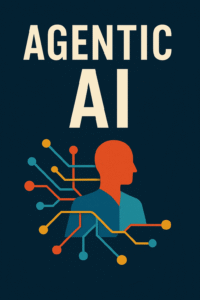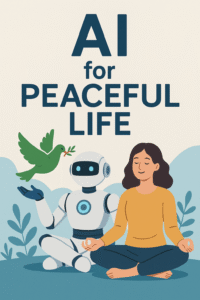Gartner Inc. recently shared its top 10 technology trends for 2025 at their IT Symposium. These trends focus on how AI, new computing methods, and better human-machine partnerships will shape the future. Here’s a look at each trend, explained in simple terms.
1. Agentic AI
Agentic AI is a type of artificial intelligence that can make decisions and take action without constant supervision. These programs, known as “agents,” use memory, planning, and safety guidelines to complete tasks on their own. By 2028, it’s expected that these agents will make about 15% of routine decisions at work, helping people be more efficient.
2. AI Governance Platforms
AI governance platforms ensure AI is safe, fair, and transparent. They help organizations build trust with users by checking for risks, maintaining ethical standards, and ensuring compliance. By 2028, companies that use these platforms are predicted to see a 30% boost in customer trust and better regulatory scores.
3. Disinformation Security
Disinformation security is about protecting people and companies from fake or harmful information online. As AI makes it easier to spread false information, organizations will need tools to combat these issues. By 2028, half of businesses are expected to use disinformation security tools, up from just 5% today.
4. Post-Quantum Cryptography
Quantum computers are becoming more powerful, which could make current encryption methods unsafe. Post-quantum cryptography is designed to protect information even as quantum computing advances. This will help keep data secure in a future where quantum computers are common.
5. Ambient Invisible Intelligence
This trend involves smart technology that blends into everyday surroundings and works without needing user input. By 2027, examples could include real-time tracking for retail stock or monitoring perishable goods, all using low-cost sensors that make tracking easier and more affordable.
6. Energy-Efficient Computing
AI requires a lot of energy to run, which affects the environment. Energy-efficient computing focuses on reducing this energy use with new technologies like neuromorphic computing. These advances will help organizations run AI and other tasks without adding as much to their carbon footprint.
7. Hybrid Computing
Hybrid computing combines various computer resources—like storage, networks, and processing power—to solve complex problems. This approach can help push AI to new limits, creating more efficient and innovative tech environments that go beyond current technology.
8. Spatial Computing
Spatial computing merges the physical and digital worlds through technologies like augmented reality (AR) and virtual reality (VR). This creates interactive experiences that blend real and virtual elements. By 2033, the market for spatial computing is expected to grow significantly, with companies like IKEA and Nike already using it for customer experiences.
9. Polyfunctional Robots
Unlike traditional robots that do one task repeatedly, polyfunctional robots can perform multiple tasks and work alongside humans. By 2030, 80% of people are expected to interact with smart robots daily, which will bring new levels of efficiency and open more opportunities for collaboration.
10. Neurological Enhancement
Neurological enhancement uses technology to read and interpret brain activity, helping people perform cognitive tasks better. These tools can be used in human skills training, marketing, and boosting productivity. By 2030, about 30% of knowledge workers may use these tools to enhance their work as AI continues to evolve.
Conclusion
These 10 trends offer a glimpse into the future of technology, emphasizing safer AI, smarter machines, and better energy use. As these technologies develop, they promise to make life easier, safer, and more efficient while opening up new ways for people and machines to work together.

